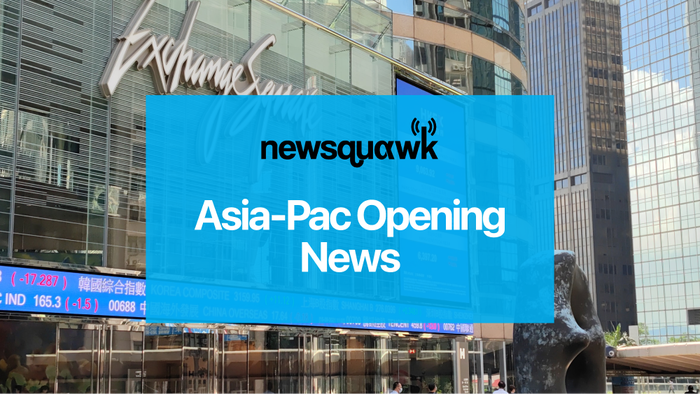U.S. stocks experienced a predominantly lower close as cautious sentiment prevailed ahead of the impending Presidential Election, which is slated for Tuesday. In a market marked by the unwinding of what has been termed the ‘Trump trade,’ a shift in public sentiment and polling data over the weekend indicated that Trump’s electoral momentum may be tapering, especially against his opponent Harris. This circumstance provided initial resistance for the dollar while supporting bond markets, yet trading remained subdued during the New York session. It appears that tight contests are expected in the crucial battleground states, heightening uncertainty as voters prepare to cast their ballots.
The dollar faced a notable decline attributed to the aforementioned unwinding of the ‘Trump trade.’ Recent polling data indicated a shift in voter support towards Harris, prompting a reassessment in betting markets regarding Trump’s chances of victory. This environment was further complicated by a contraction in U.S. Factory Orders, which fell in line with expectations, suggesting that economic activity remains tepid. As market participants braced for the election outcomes, the initial gains in the euro were partially offset after it struggled to maintain levels around 1.0900. In contrast, the British pound showed slight increases, though it faced resistance just below the 1.3000 mark, as traders anticipated the Bank of England’s imminent decision on rates.
Looking ahead, market watchers have their eyes set on an array of economic indicators from various countries, including South Korea’s Consumer Price Index (CPI), New Zealand’s ANZ Commodity Price Index, and China’s Caixin Services and Composite Purchasing Managers’ Index. Other noteworthy aspects include the Reserve Bank of Australia’s rate decision and subsequent press conference led by Governor Bullock, along with comments from New Zealand’s RBNZ Governor Orr. These forthcoming reports are expected to provide insights into regional economic conditions, which could further influence global market dynamics.
In the fixed income realm, Treasury notes firmed, depicting a bull flattening curve as the market absorbed the unwinding of the ‘Trump trade.’ In the commodities sector, oil prices opened the week positively buoyed by various bullish factors, including OPEC+ postponing a planned increase in oil output and rising geopolitical tensions with Iran. The OPEC Secretary General projected an optimistic short- and long-term demand outlook, notwithstanding certain challenges facing the industry. Additionally, there were developments from key oil-producing nations, with Libya’s production nearing 1.5 million barrels per day and Iran approving a plan to ramp up oil production.
Geopolitical tensions in the Middle East further influenced market sentiment, with Israeli officials warning of a robust response to any Iranian attacks. Reports indicated that Iranian forces were poised for readiness, although management of the situation remains complex, particularly with the deployment of U.S. and Israeli military assets aimed at deterrence. Concurrently, potential security agreements were discussed between U.S. officials and Saudi Arabia that would not necessitate a broader deal with Israel, revealing the complexity and volatility of regional political dynamics.
In the Asia-Pacific region, developments such as China’s legal action against the European Union over electric vehicle tariffs reflect growing trade tensions. Key players in the Chinese market are navigating regulatory challenges as U.S. chip manufacturers aim to sever ties with China due to government-imposed restrictions. Additionally, in Europe, calls for improved risk management practices among banks have surfaced, amid looming budgetary challenges in Germany that could throw the economy into disarray if unresolved. Overall, as the week unfolds, global markets are poised for potential upheaval influenced by the dual pressures of political uncertainty in the U.S. and ongoing international trade disputes.

